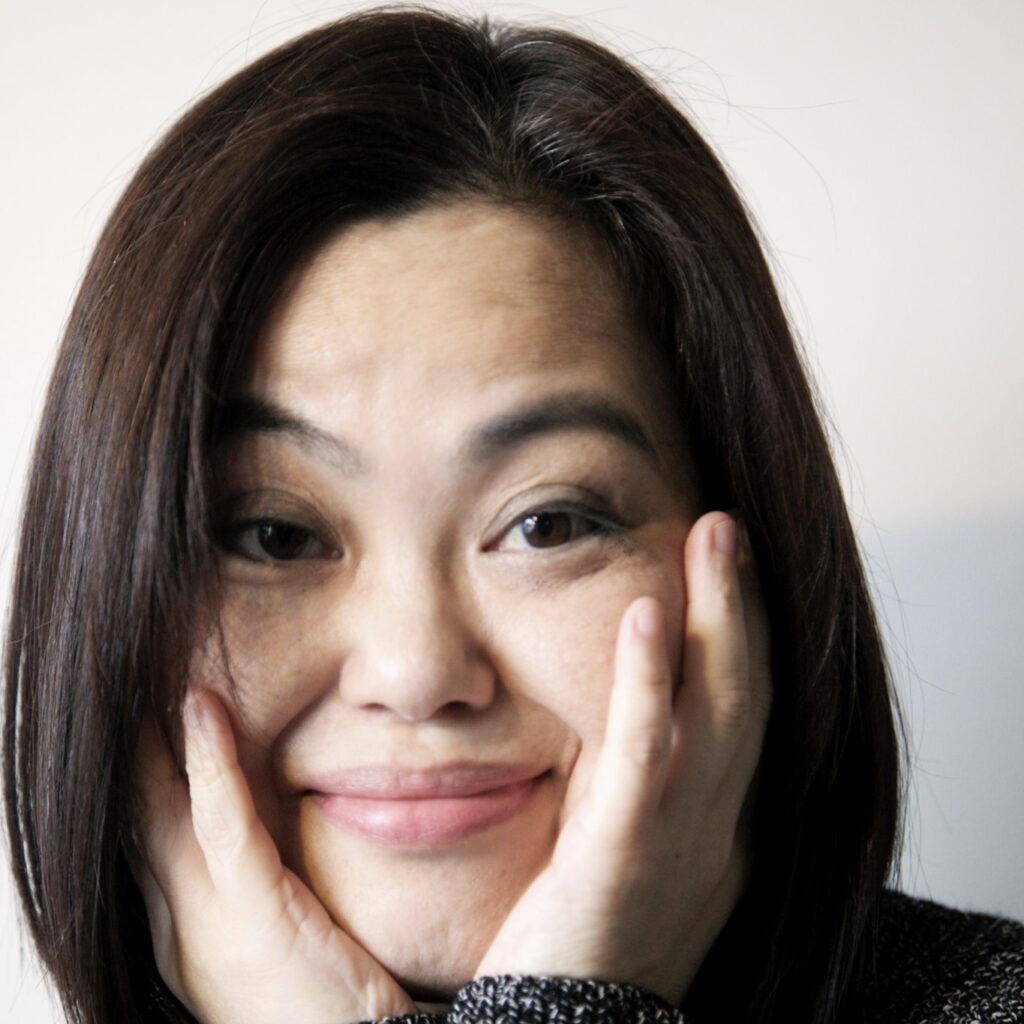
Researcher
I was born in 1966 in Saitama Prefecture, adjacent to Tokyo, to an Ainu mother who had moved from Nibutani, a village where the Ainu people reside, to Tokyo for her education, and a Japanese father who was a university student from the downtown area of Tokyo.
My mother had a deep bond with my father, Tadashi Kaizawa, and during long vacations, she would take us children to Nibutani. In the 1970s, when I was a child, significant changes were occurring in Nibutani. At that time, it was widely believed in society that the Ainu had almost become extinct, but Shigeru Kayano from Nibutani was working tirelessly to revive Ainu culture through the collection of Ainu artifacts and the documentation of the Ainu language.
My grandfather, Tadashi Kaizawa, was a political leader in Nibutani and acted as a liaison between the Ainu community and the outside Japanese society. Kaizawa focused on culture, while Kayano handled politics. The two played key roles in opening an Ainu Cultural Center in Nibutani and were prominent figures in the movement to restore Ainu rights. Kayano focused on cultural aspects while Kaizawa handled political matters.
Being frail and unable to play outside, I enjoyed listening to conversations in my grandfather’s living room. However, I soon realized that mentioning “Ainu” outside of my grandfather’s home was taboo. On one hand, I had romantic notions about Ainu culture learned from Kayano; on the other hand, I struggled with how to accept my own Ainu heritage as I grew into adulthood.
What changed me was my encounter with Taiwan’s Indigenous people. When I attended Peking University, I accompanied my grandfather as an interpreter to the “International Discussion on Indigenous Peoples and Tourism” held in Taiwan in 1989. Seeing indigenous girls forced into prostitution on the streets left me so shocked that I couldn’t walk anymore. At that moment, I saw my own footing clearly. I realized that as an Indigenous woman and an Ainu, I could not escape this reality.
After my grandfather passed away in 1992, I compiled his unpublished works for publication and served as a secretary for Shigeru Kayano when he became a member of parliament. While doing this, I reflected on how someone like me—who did not fit most societal expectations of what it means to be “Ainu” in terms of language, body, space, and time—could accept being Ainu and what contributions I could make to the Ainu community.
To achieve this goal, I decided to write an academic biography that summarized my grandfather’s thoughts and actions as a modern Ainu who was deeply concerned with Ainu history. Since there are few researchers from an Ainu perspective focusing on modern Ainu history rather than culture in Japan today, this project involves challenging methodological considerations. After enrolling in Rikkyo University’s Graduate School of Social Sciences after turning 40, later, I became a researcher at Hokkaido University’s Center for Ainu and Indigenous Studies and am currently working on my doctoral dissertation.
In addition to my research, since around 2013, I have been actively countering hate speech against the Ainu as part of my social responsibility. Specifically, during the years leading up to the enactment of laws against hate speech in 2016 and the Ainu Policy Promotion Act in 2019, I engaged in lobbying politicians to stop hate speech.
Currently, efforts based on laws aimed at promoting Ainu culture risk reinforcing stereotypes about the Ainu and reducing their narratives into a single master narrative. From the specific life story of my grandfather, I aim to re-examine the Ainu rights restoration movement towards a future where the individuality and diversity of each Ainu person, as imagined by Kaizawa in the past, is respected and their dignity is protected. I wish to offer my achievements and experiences to the Ainu people and other Indigenous peoples, as well as those in socially vulnerable positions.
